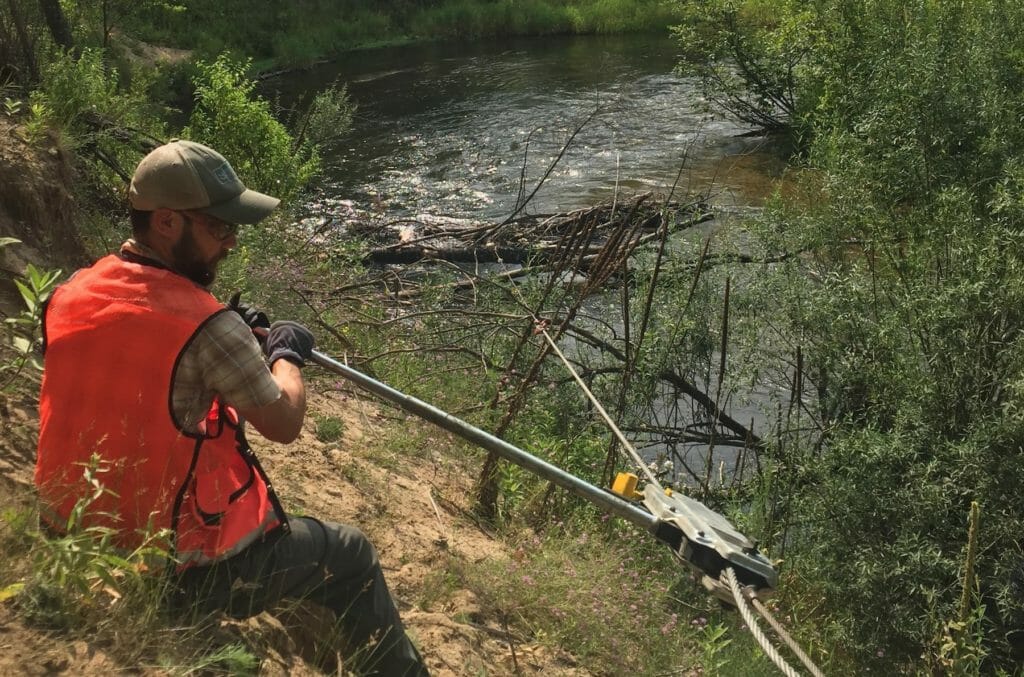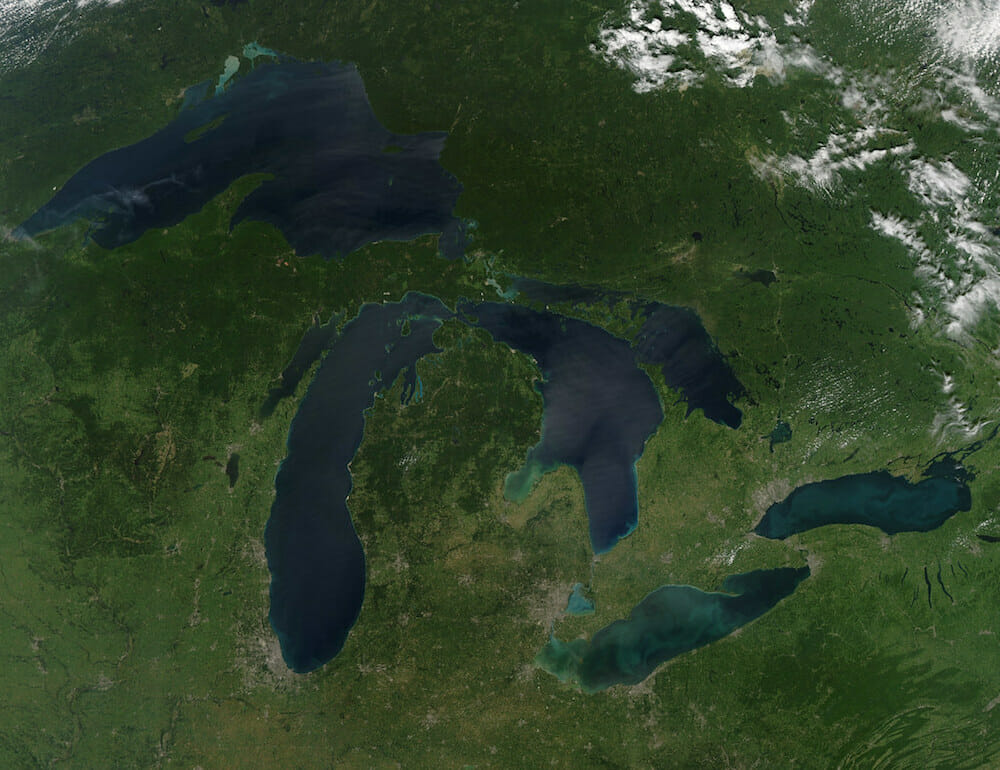By Taylor Ridderbusch
On Friday, both the House and Senate introduced bills to reauthorize and increase funding for the Great Lakes Restoration Initiative (GLRI).
The identical bills would reauthorize the program for five more years and incrementally increase the funding level from $300 million to $475 million, which was the original funding level for the program when passed in 2010.
Since 2010, the GLRI has supported more than 4,700 projects, totaling over $2.43 billion, in the Great Lakes region, including TU projects improving stream connectivity and restoring instream habitat.
Trout Unlimited relies on the Great Lakes Restoration Initiative to work with local communities and other partners to complete projects that strengthen trout, salmon, and steelhead fisheries and benefit local economies.

In Wisconsin, the GLRI has supported a $750,000 investment in infrastructure to improve fish passage in and around the Nicolet National Forest. Michigan has received funding to improve the Rogue, Pere Marquette, Manistee, and Little Manistee rivers, and Minnesota has benefited from projects on Lake Superior tributaries like the Sucker River and Stewart River, just to name a few Trout Unlimited initiatives.
GLRI projects often feature a 2:1 or even 3:1 ratio return in matching funds, which provides a boost to local economies across the region. This economic benefit comes in the form of improved infrastructure, such as culvert replacements or dam removals, the use of local contractors, and through the spending of sportsmen and women as the improved habitat becomes an angling or hunting destination.
TU is excited to see Congress’s commitment to restoring the Great Lakes and looks forward to working with our lawmakers to reauthorize and increase funding for the Great Lakes Restoration Initiative to enable greater rehabilitation of coldwater habitat and fisheries.
Taylor Ridderbusch is Trout Unlimited’s Great Lakes organizer. He is based in Michigan.



